Atmospheric Embroidery (This is Not a Dream)
Meena Alexander
Northwestern University Press, 2018
Text and Embroidery: Madeleine Barnes
March 15, 2019
From time to time I wear a crown of blood streaked grass.
— Meena Alexander
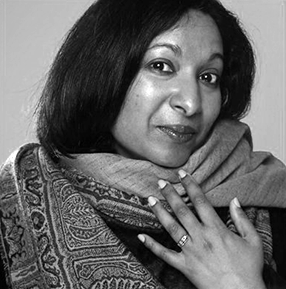
It has been a great honor to create embroideries in critique of and in conversation with Meena Alexander’s most recent poetry collection, Atmospheric Embroidery. I first encountered Meena’s work when I was in high school, where I was one of approximately eight hundred students in my graduating class. It was a lonely, formative time. Her poetry felt so rare and alive in its imagery, energy, and musicality–different from the surface language I was used to. I still love how her poems weave in conversational elements with precise and unexpected images: “From time to time I wear a crown of blood streaked grass,” she writes in her 2018 poem “Where Do You Come From?” As a teenager, I didn’t have the terminology or perspective to understand the depth and refuge her work provided. But I inhabited it often, and her poetry allowed me to step outside of myself and learn more about the world and engage with topics like feminism, dislocation, memory, cultural traditions, identity, history, and so much more.
I’m currently a first year Ph.D. student in English at The Graduate Center, CUNY, where Meena was a beloved faculty member. On November 22, the English department notified staff and students of her death via email. This news brough palpable grief to the university. People responded by sharing acts of kindness Meena bestowed on them when they most needed it, memories of her mentorship and friendship, and remembrance of her fierce commitment to her work. The tenderness and grace of her writing outlives her. Her sincere interest in others is evident in her both her life and her work, and many of us mourn the loss of a teacher we still had so much to learn from. I had hoped to take many of her classes. She continued to give readings and teach until the end of her life, and some said she thought she might be alive until the spring. Meena’s life and the way she lived its ending serve as an example of passion and dedication to all of us.
I wasn’t sure how to continue this project after her death, but reading her wise and graceful poems and imagining her environments and landscapes with thread and fabric gave me the chance to honor her privately and in my own way. I offer these embroideries up as a celebration of her life and the sincerity, spirituality, and awareness her poetry brought to this world. Her compassion eased the irascibility of New York and shaped our community in personal, indelible ways. Atmospheric Embroidery, her last collection, is an incredible gift.
*
I found myself responding to the atmospheres Meena creates in her poems. In “This is Not a Dream,” a brief, vivid piece that arrives toward the end of the book, Meena describes a figure in a park standing at the edge of a pit covered with sticks and leaves. She writes: “In the park the air is heavy / In the park the air is indigo. // Matchstick blue / The scrawl of circling birds.” I’m interested in the simplicity and directness of her lines. Most are free from abstractions, and their clarity and lack of irony is a relief as it resists some trends in contemporary poetry. Where some poems exercise loudness, Meena’s are quiet but just as politically impactful and necessary. The poem’s form is graceful and natural, and her lines flow and arrive with peaceful, razor-sharp clarity. The poem ends: “The snare of love — / Impossible to crawl through.” You can crawl through the snare of love, but you’ll wind up trapped like an animal.
I started by drafting up sketches on loose printer paper, and penciled a drawing onto flatironed fabric and secured the hoop at my kitchen table. I have limited resources in this city, and celebrate this. Every material is somewhat personal. I straighten my hair with the same iron.
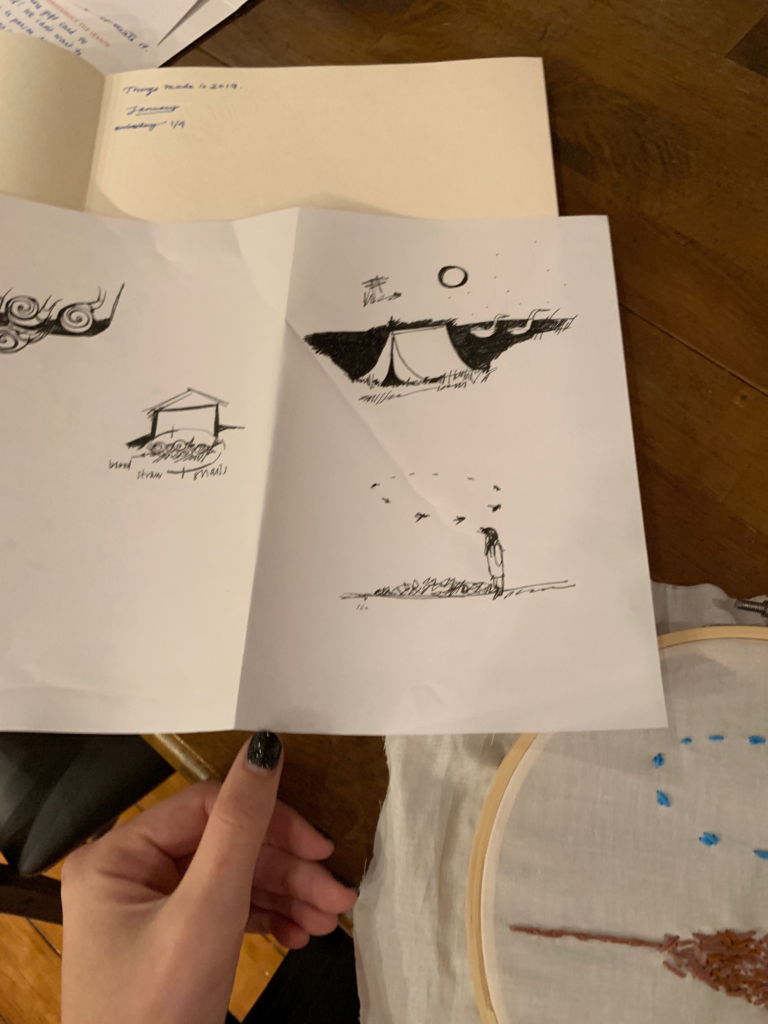
The autumnal tones on the cover of Atmospheric Embroidery resurfaced in the embroideries. What does the snare of love look like? Is it the circling birds, a space you evaporate into? A well you trip into and fall so far that no one can rescue you? She leaves some details to the imagination, allowing for precision of language that many poets aim for, a directness that compels questions such as: How deep is the pit?
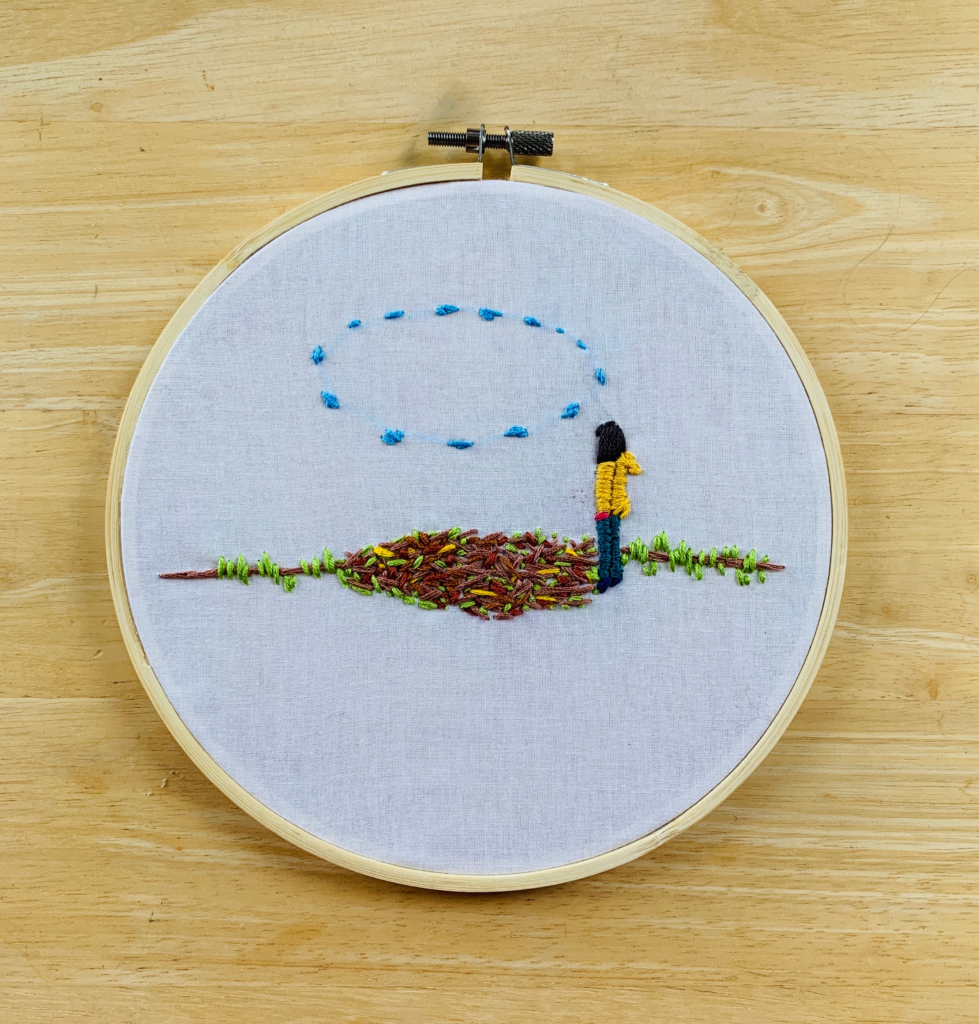
*
In “Dwelling,” Meena writes, “Where the ground shakes / I set my tent. / We cannot know ourselves ever.” I repeat that third line to myself all the time, feeling so appreciative of the way it grants me permission to stop trying so hard to know who I am, and to set aside efforts to define or label a core self. I seek that space in visual art. I want to find a place that’s free from the comfort and burden of labels, a place to dwell that is fluid and mysterious and soft and contradictory. I would write or stitch that line on the sleeve of everyone I love if I could. Our efforts to know ourselves are noble and clumsy and human; labels help us survive and yet complicate our survival. Presently I feel confined by them. In her poems, we don’t have to try so hard to know and declare who we are. We can look outward and engage with uncertainty and discomfort.
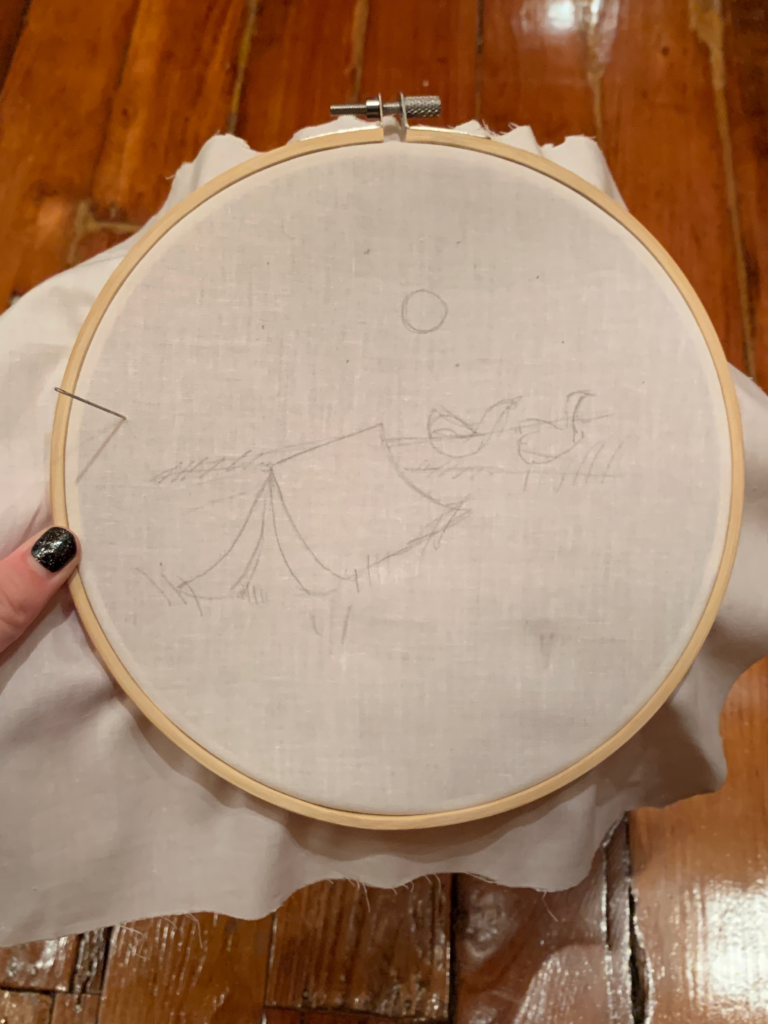
In 2013, Meena gave a talk at the Yale Political Union about the use of poetry. She said, “Most of the forces in our ordinary lives as we live them now conspire against the making of the poem. There might be some space for the published poem, but not for its creation: no ritualized space is given where one is allowed to sit and brood.” Her poems create space for us to do just that.
Where there is instability, the speaker of this poem dwells. Who would choose to stake a tent on unsteady ground? Someone courageous? Someone who had no other choice but to take refuge there, a person who we, as readers, can project qualities like bravery onto? To accept that we can’t really know ourselves ever a stake hammered through fabric into unsteady ground, through the unsteadiness and unpredictability of life, and through the inner unsteadiness of emotion, trauma, dislocation, bodies, and mortality. The pitched tent is a presence we can dwell in, a place where we can sit and brood.
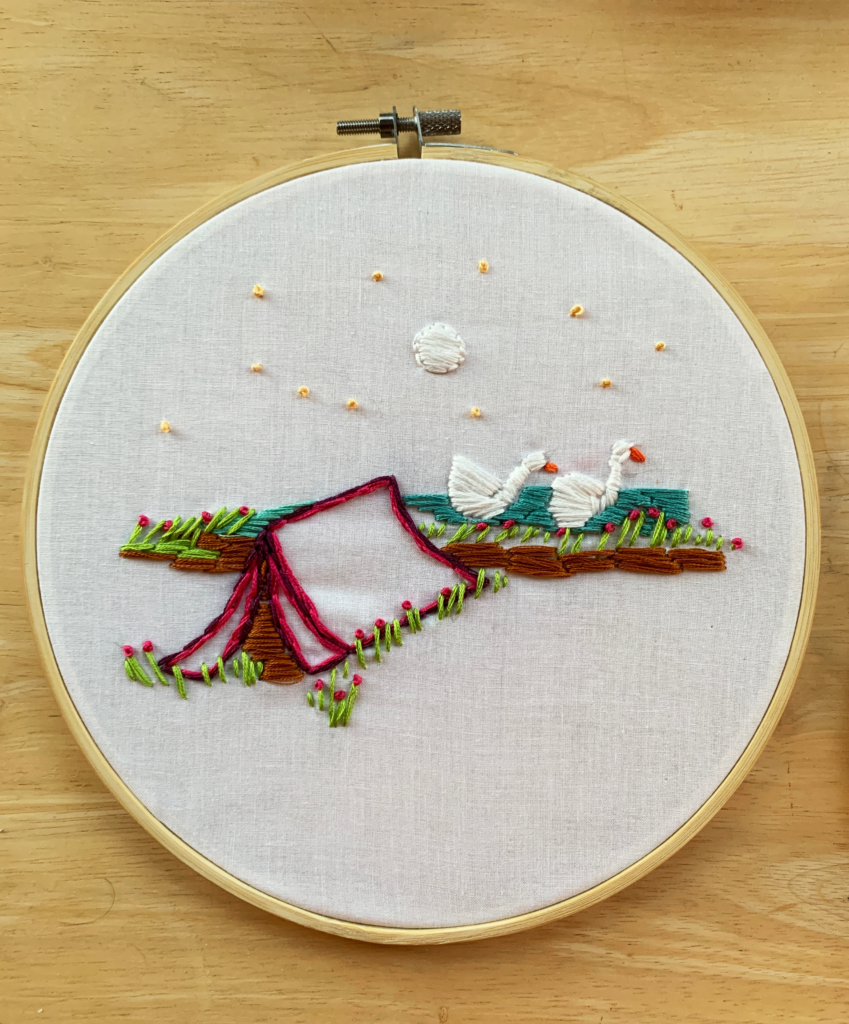
Meena’s poem imagines daylight; my embroidery imagined a moon. I have insomnia, so unsteadiness is most familiar to me at night. Did she envision flowers growing where the ground shakes? I did. She writes, “Sweet sunlight — / What swans found / In their last flight.” Maybe the swans are carrying their knowledge from the day in her poem into the night in my embroidery. I love how Meena’s poetry compels us to wonder what animals know and bring with them.
*
My hope was to build a suspension bridge between Meena’s atmospheres and my embroideries. I think of these pieces as critiques of and participants in Meena’s effort to build spaces of refuge, creation, and beauty, spaces that grant you the ease that allows you to brood and freely embody whoever it is that you are and whatever it is that has happened to you. Her work makes you feel like you, too, wear a crown of blood streaked grass from time to time. What we can no longer learn from her in person, we can learn from her work. At the end of Atmospheric Embroidery, she writes: “I must pass through that rocking doorway / Figure out words, clean-minted, untranslatable — / Already in the trees finches are warbling, calling my name.”
Thank you, Meena.
*
Website & shop: madeleinebarnes.com
Instagram handle: @meowmads128
Madeleine Barnes is a poet, visual artist, and scholar from Pittsburgh, Pennsylvania living in Brooklyn. She serves as Poetry Editor at Cordella Magazine, a publication that showcases the work of women-identified and non-binary writers and artists. She holds an MFA in Creative Writing from New York University, and her second chapbook, Light Experiments (2019) is Porkbelly Press’ first ever zine-style photo chapbook. She is currently pursuing a PhD in English Literature at The Graduate Center, CUNY, where she works primarily at the intersection of poetry and material culture.